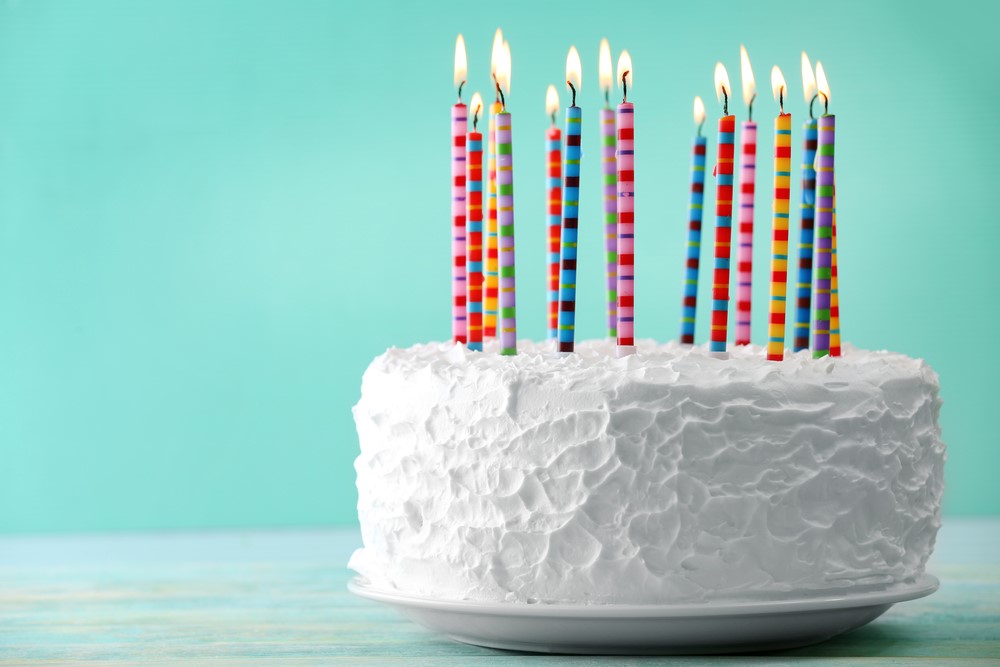
Blowing Out Birthday Candles Is Grosser Than You Think

It's hard to turn down birthday cake, but a new study might have you thinking twice about taking a slice — researchers found that blowing out birthday candles increases the amount of bacteria on the cake by 1,400 percent.
For the study, the researchers made faux birthday cakes — they frosted a circular piece of foil and placed it on top of a Styrofoam base, and put candles through the foil into the Styrofoam. Then, they tested the frosting for bacteria either after the candles were blown out, or when the candles weren't blown out. They used sterile water to dilute the frosting, and spread it on lab dishes to see how much bacteria grew.
They found that, on average, blowing out the candles on the "cake" resulted in 15 times more bacteria on the frosting, compared with frosting that was not blown on. [5 Ways Gut Bacteria Affect Your Health]
Despite the "ick" factor of the finding, the researchers say you usually don't need to be concerned about eating birthday cake after someone blows out the candles. That's because, most of the time, these bacteria are not harmful.
"It's not a big health concern in my perspective," study co-author Paul Dawson, a professor of food safety at Clemson University in South Carolina, told The Atlantic. "In reality, if you did this 100,000 times, then the chance of getting sick would probably be very minimal."
Still, in theory, you could spread airborne diseases, such as the flu, by blowing on a birthday cake. So, as common sense will probably tell you, it's wise to avoid eating cake if the candle-blower is clearly sick, Dawson said.
The study was published online May 22 in the Journal of Food Research.
Sign up for the Live Science daily newsletter now
Get the world’s most fascinating discoveries delivered straight to your inbox.
Original article on Live Science.

Rachael is a Live Science contributor, and was a former channel editor and senior writer for Live Science between 2010 and 2022. She has a master's degree in journalism from New York University's Science, Health and Environmental Reporting Program. She also holds a B.S. in molecular biology and an M.S. in biology from the University of California, San Diego. Her work has appeared in Scienceline, The Washington Post and Scientific American.









